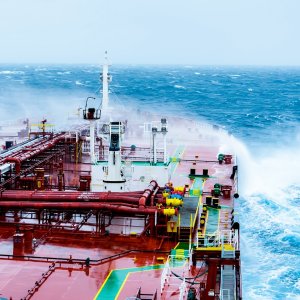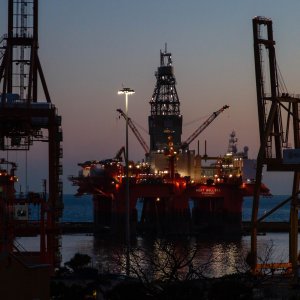
Projecting Demand for ROV Technology in Deepwater
“Until now, Pemex has only conducted exploration drilling in deepwater, which has not left many opportunities for us to employ our ROV technology on these projects. However, now that development work is beginning, and the time to install Christmas trees and other subsea infrastructure is getting closer, we see a lot more opportunities in the market,” explains Ernesto Marcos, Director General of Oceaneering International Mexico, a company that specializes in remotely operated vehicle (ROV) supply and operation for the offshore oil and gas industry.
Pemex recently launched the tenders for its Lakach deepwater development project, which will feature subsea production infrastructure, tiebacks to shore, and onshore production infrastructure. Marcos explains that ROV tooling will be a feature of the contracts that will be awarded for Lakach, rather than being a standalone contract, which will mean that Oceaneering will have to compete for work on Lakach as a subcontractor. “We first need to know who will be providing the Christmas trees to the project, as this will be one key area where we can offer our ROV services. This will be where we compete for work on the Lakach project. Ideally in the future, we would prefer to contract directly with Pemex for this type of work,” he admits.
Marcos says that his expectations for the development of fields at Perdido are much more positive: “First, there are significant differences between the Lakach project and the Trion project. Lakach is going to be a tieback to shore, there are no large floating assets offshore, and although it is a challenging project, it is not as complicated as Trion, which will involve a water depth of 2500m and a floating asset.” With experience of working on the US Perdido project just across the border, Oceaneering has direct experience of installing umbilicals and single well tiebacks in very similar conditions. “The development of Lakach will involve a lot of large infrastructure that is not perfectly suited to ROV installation: manifolds link back to an 18 inch (45.72cm) pipeline at the project, which is too big to be installed by ROV. With a project like Trion, there will be smaller installations that will mean more work for ROVs,” Marcos explains.
There will of course be competition for the ROV contracts on offer. “Pemex, as a government entity, has to contract through a formal bidding process, and many times in deepwater, the cheapest solution is not always the best. Even if the company’s managers want to do things differently, the contracting structure often hinders their intentions. To resolve this, I would recommend the creation of a material resources group trained and specialized in deepwater, which will help Pemex be more sensitive to the needs of deepwater projects, with smaller tenders for individual technology and services.”
Marcos stresses that any short term cost savings will most likely be rendered irrelevant in the long term, after the consideration of downtime and performance issues. “Problems with ROVs mean downtime for other assets. In the early phase of a project, during critical operations, the impact can be exponential.” In order to avoid ROV downtime, Oceaneering keeps as many components for its ROVs on its vessels as possible, with remaining components kept onshore, as close as possible to offshore operations. Marcos also explains that Oceaneering employs a team of senior technicians that spend time at each project, executing technical audits to ensure that systems perform as well as possible, not only looking at technical performance, but issues ranging from inventory to training.
















